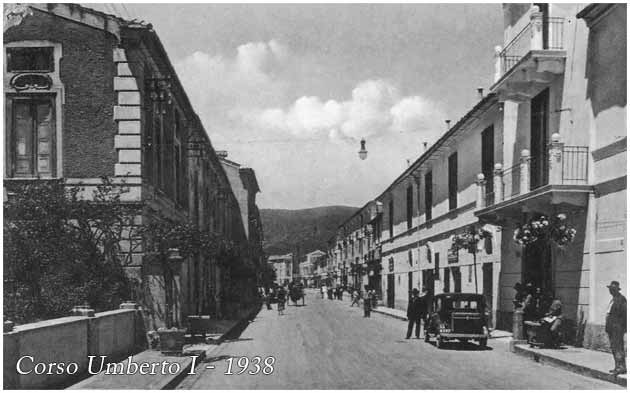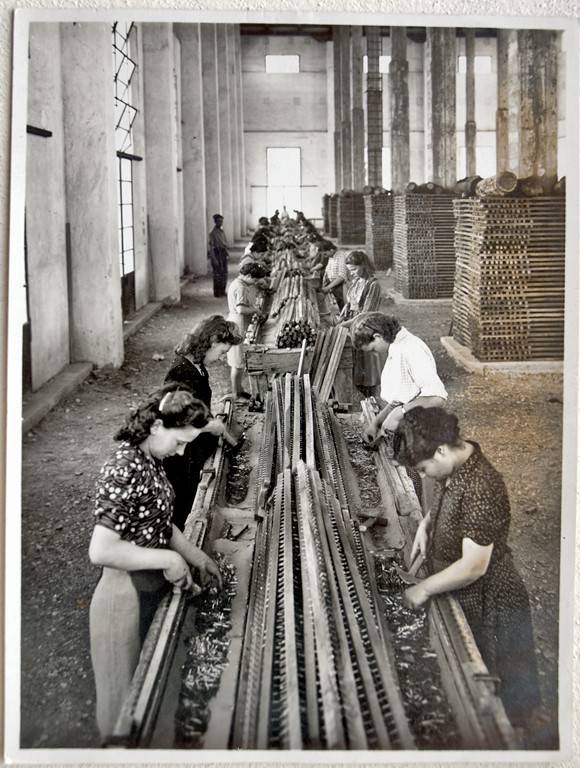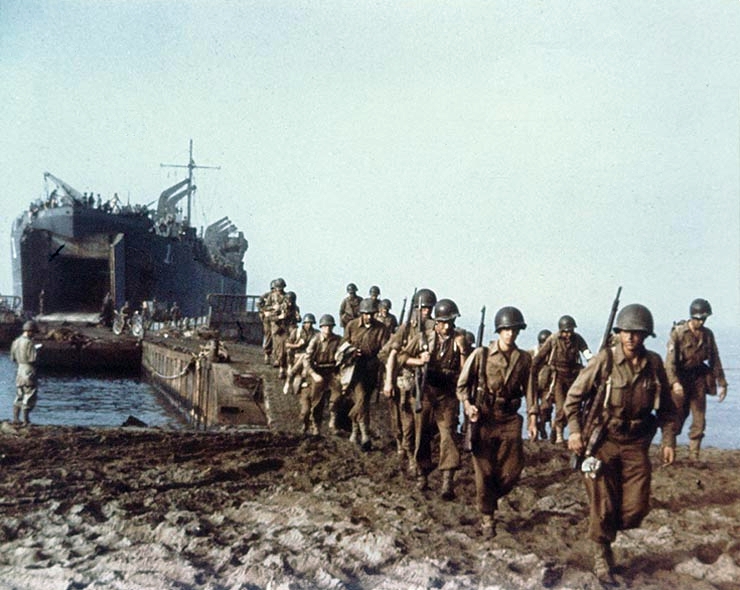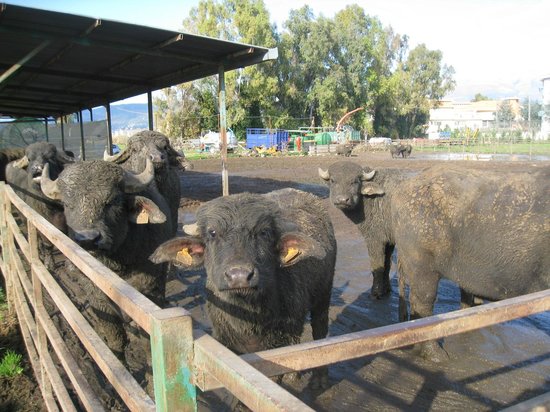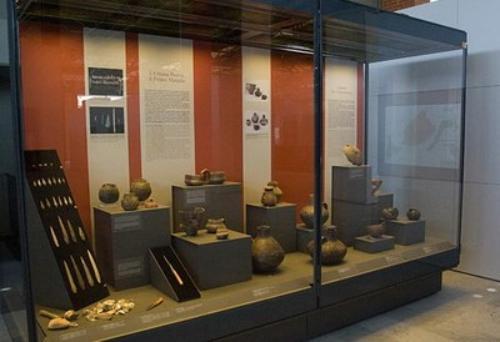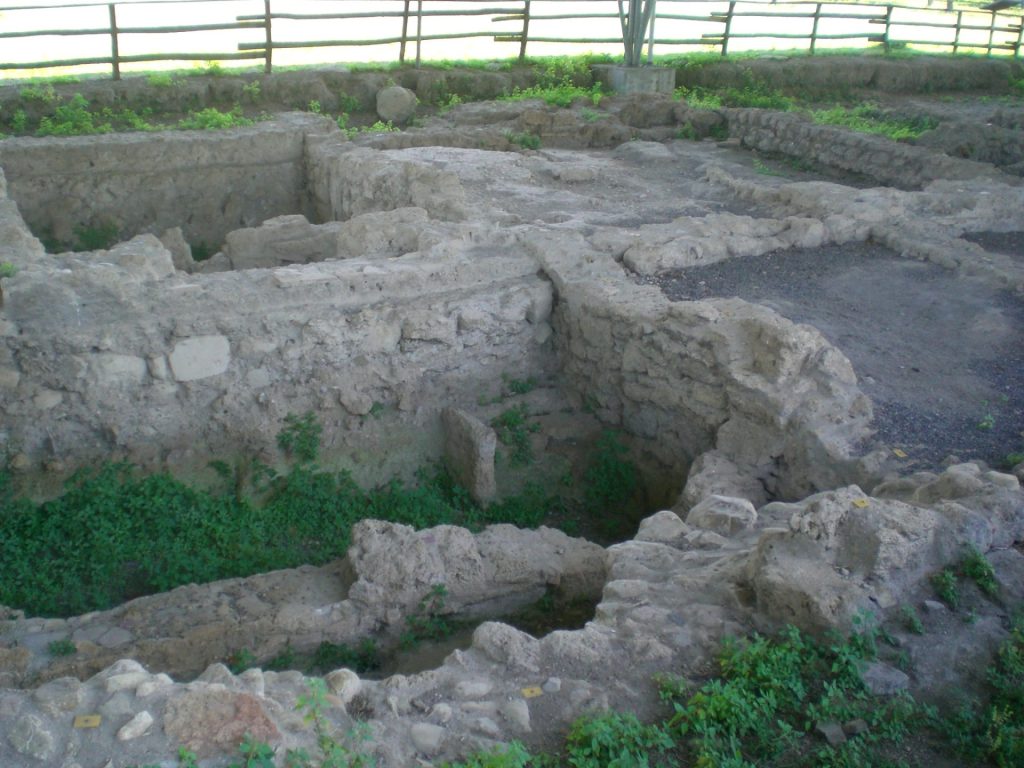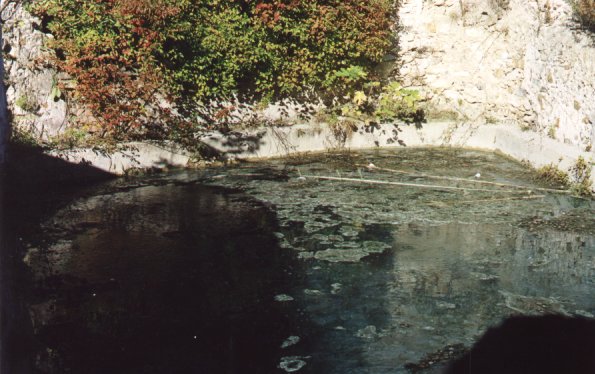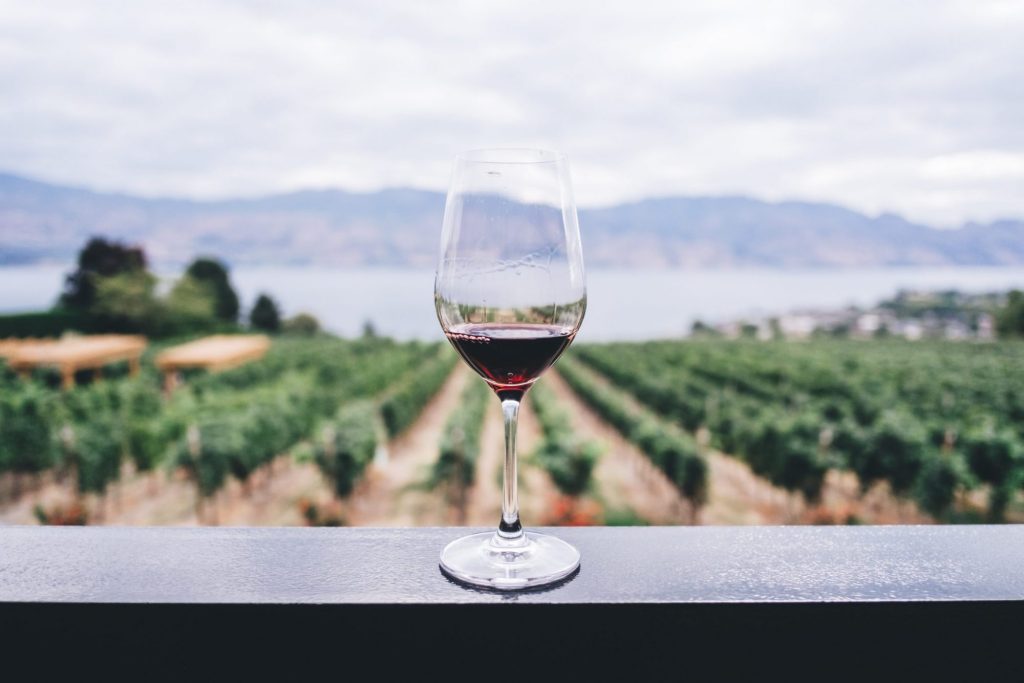
Campania is a wonderful region in the South of Italy. The mild climate, beautiful coastline, and rich artistic heritage provide a variety of places to visit and a plethora of indoor and outdoor activities. The ideal destination for a fun and culture-packed study holiday, this wonderful, sun-kissed corner of Italy, commanding views over the Tyrrhenian Sea, always offers something new to explore.
Naples is the regional capital and is known throughout the world for its incredible history, its monuments and its friendly people. But, there is so much more to Campania than Naples.
There are lots of places to visit in the region—each with its own story to tell—such as Naples, Caserta, Herculaneum, Pompei, Salerno, Paestum, and the Sorrento and Amalfi Coasts, not to mention the Cilento Coast, a little further south.
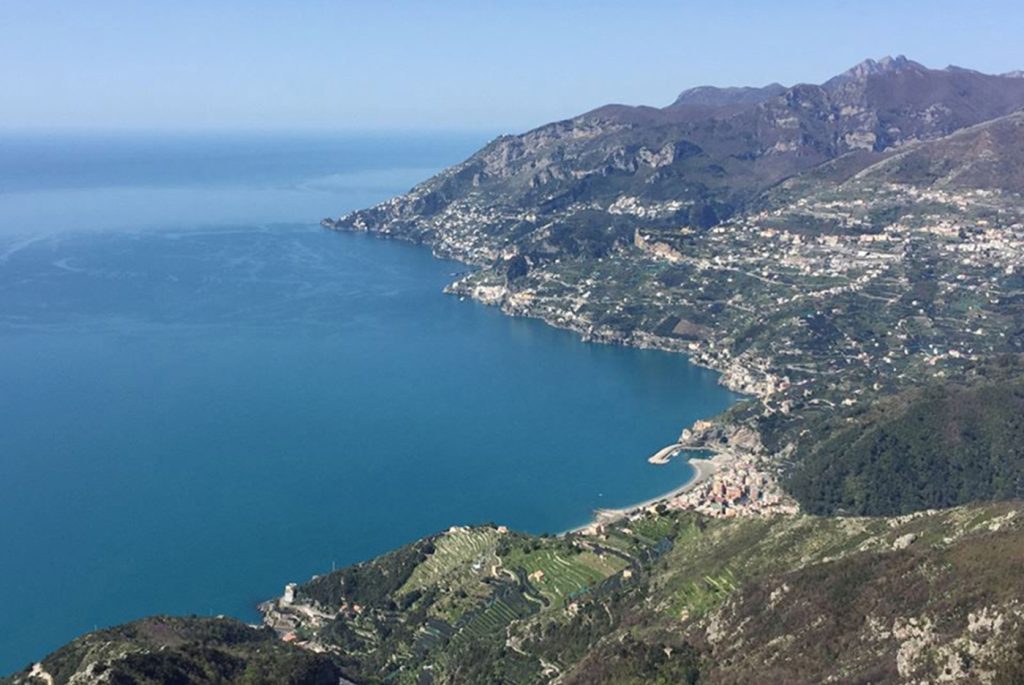
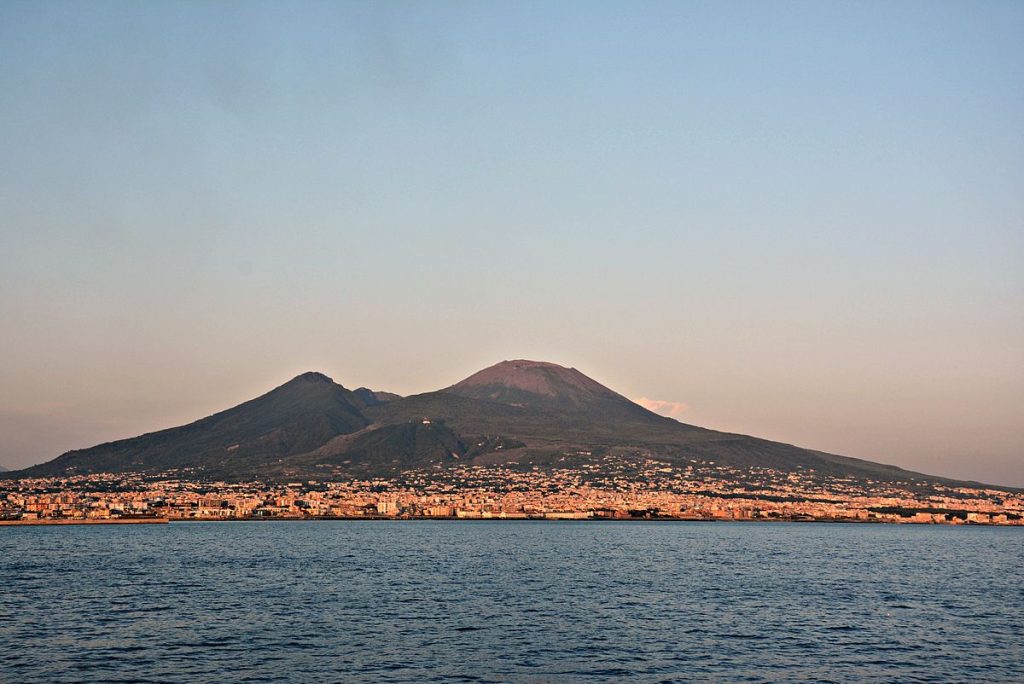
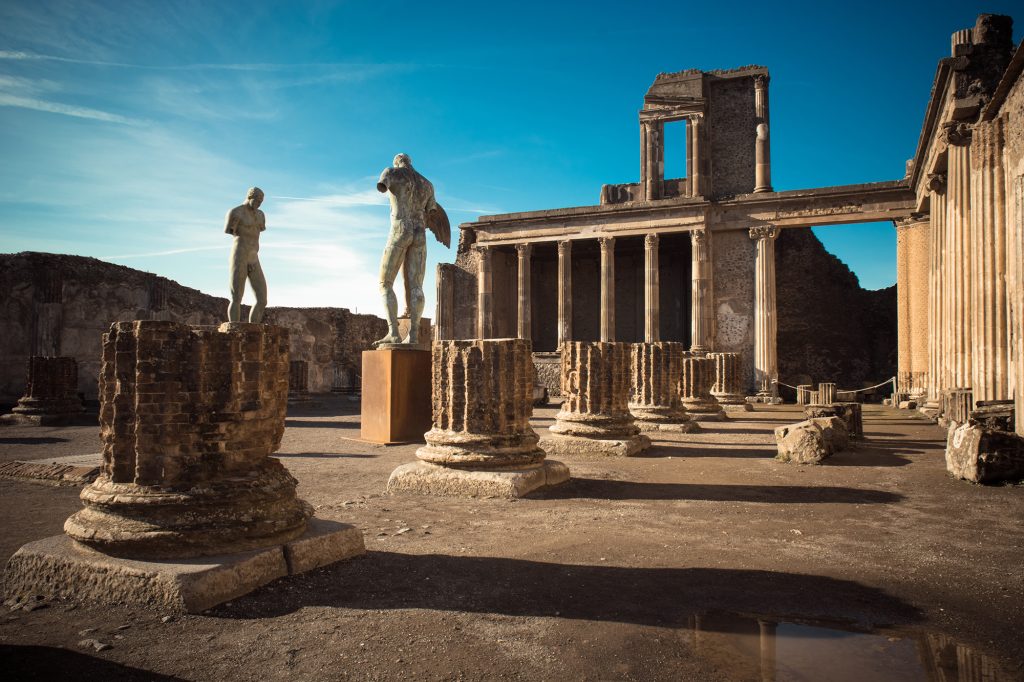
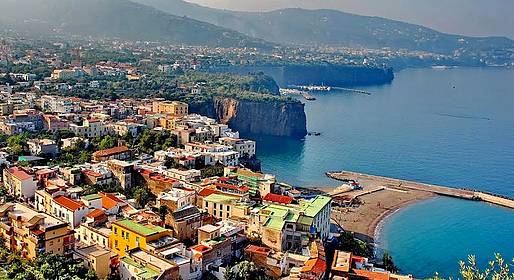
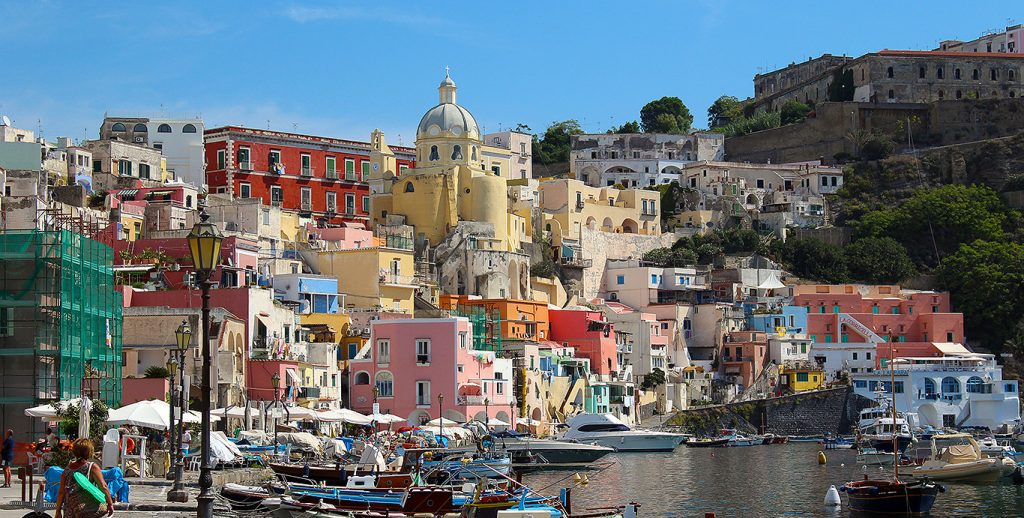
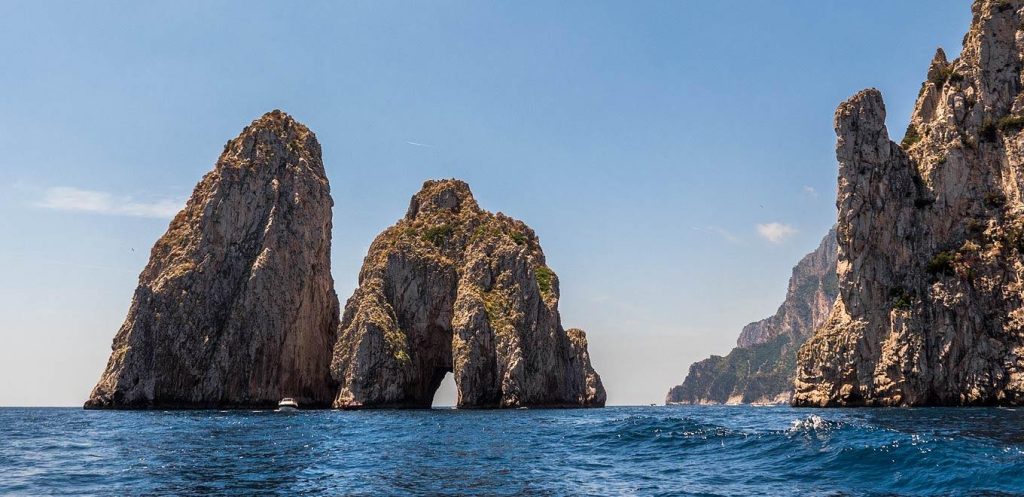
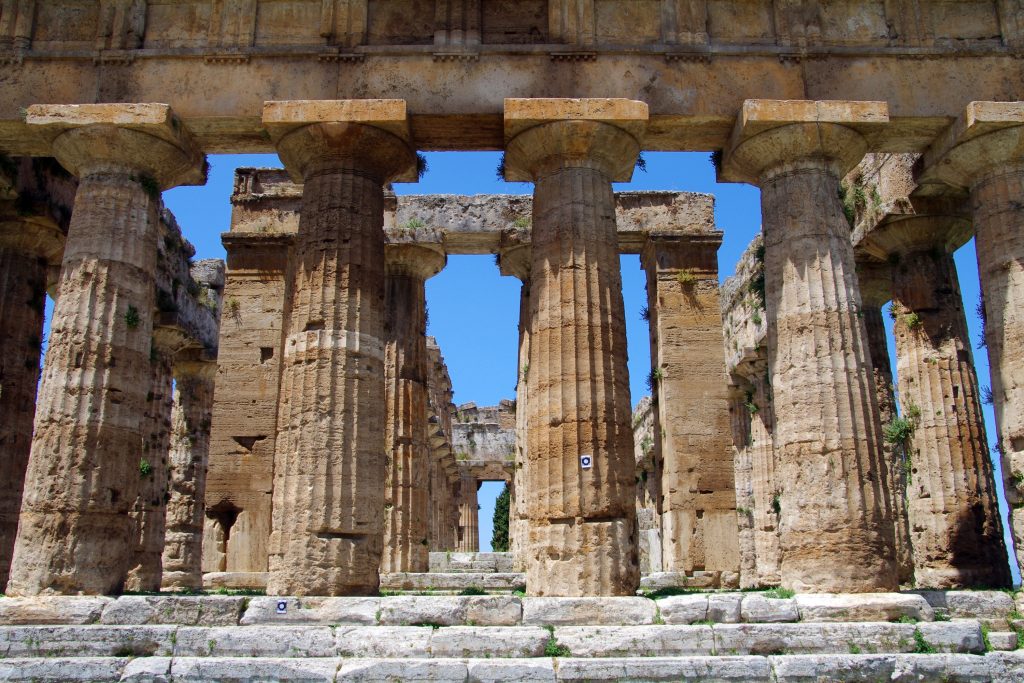
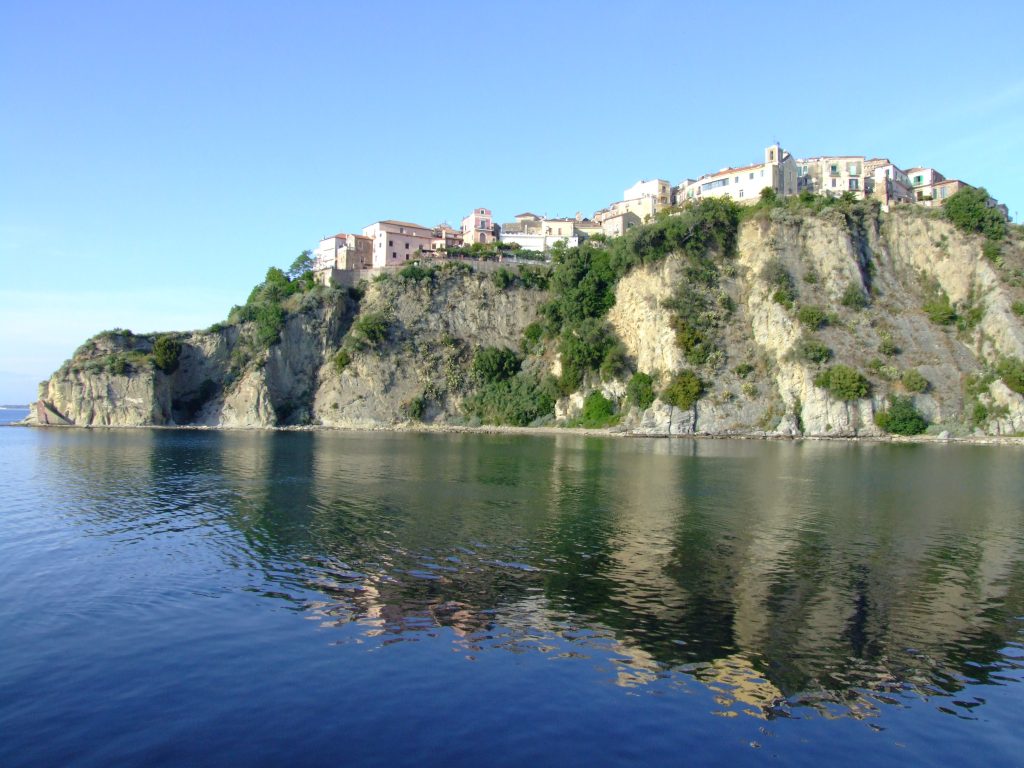
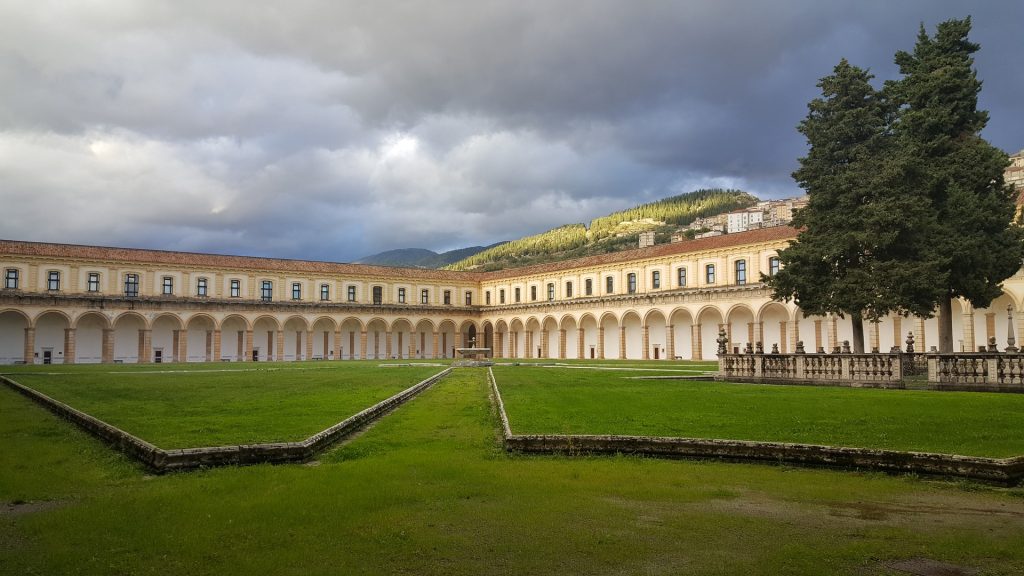
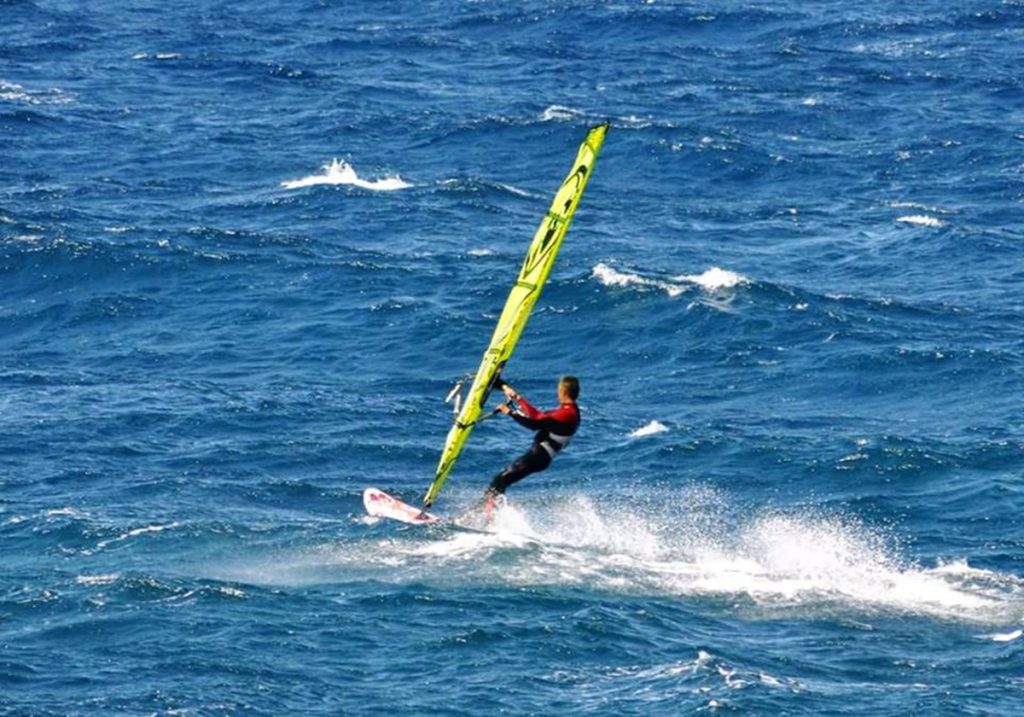
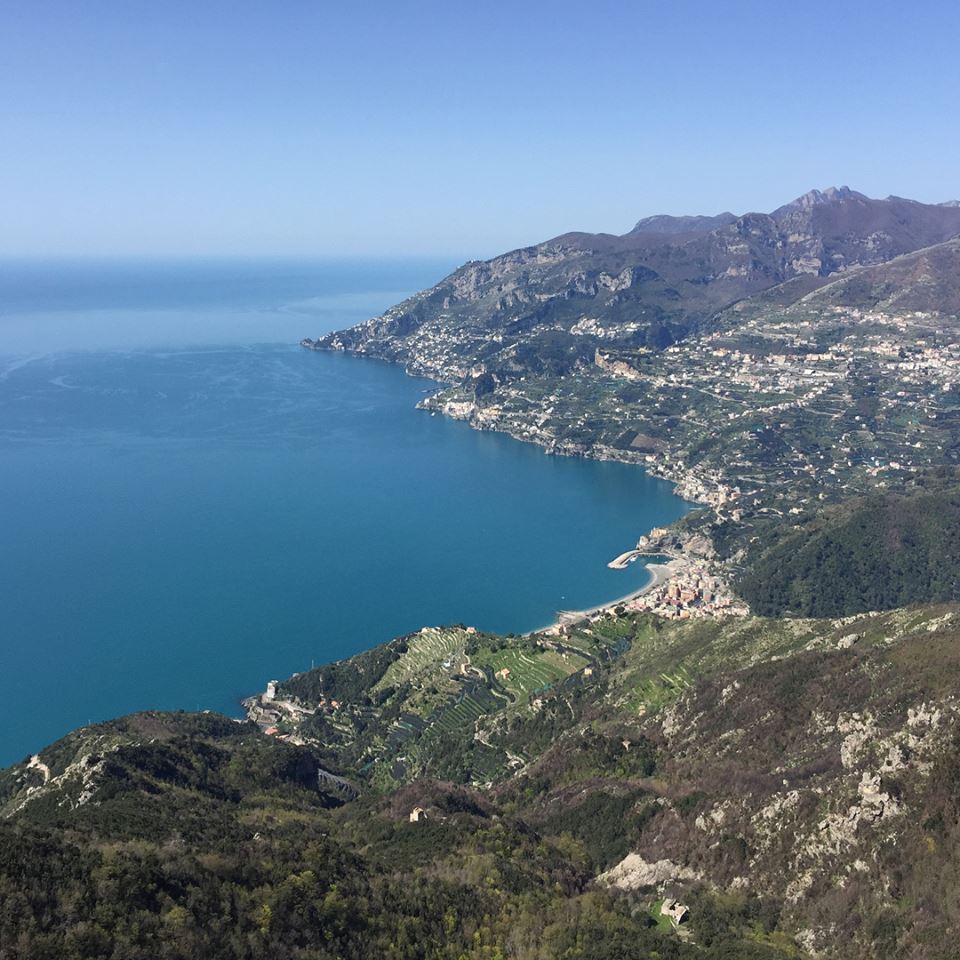
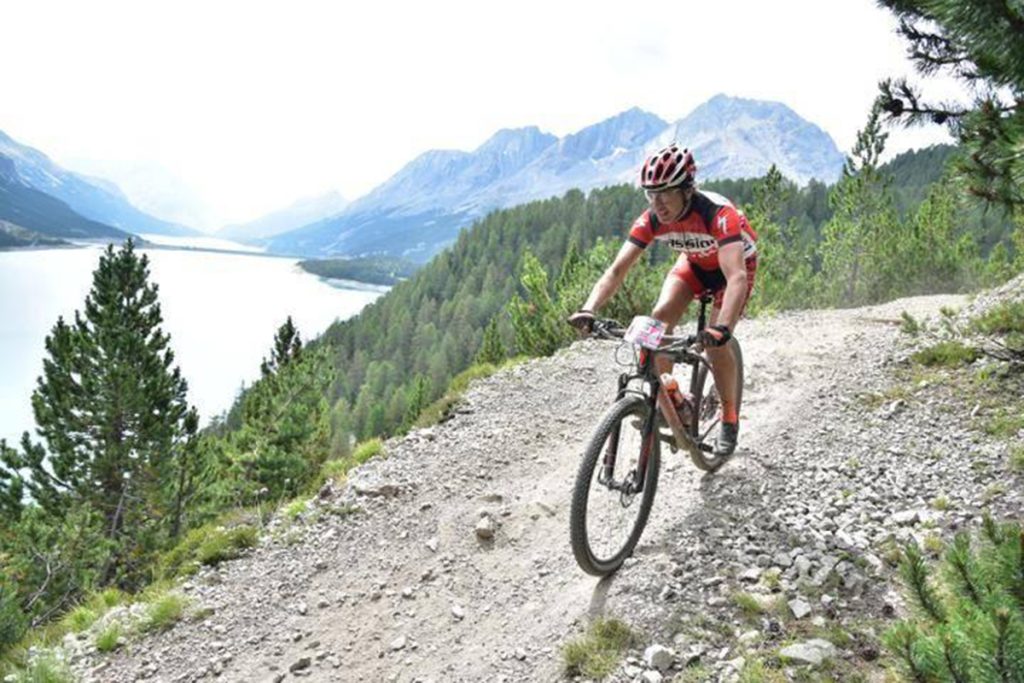
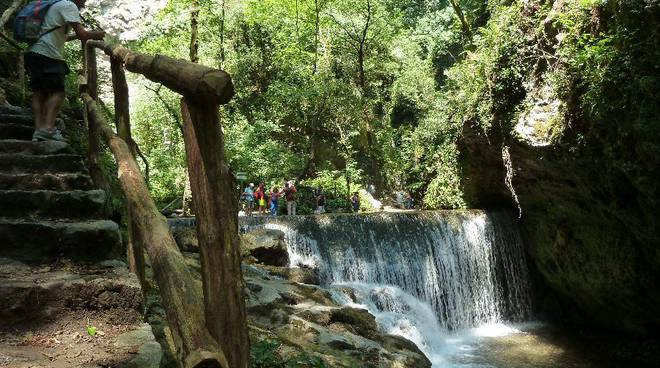
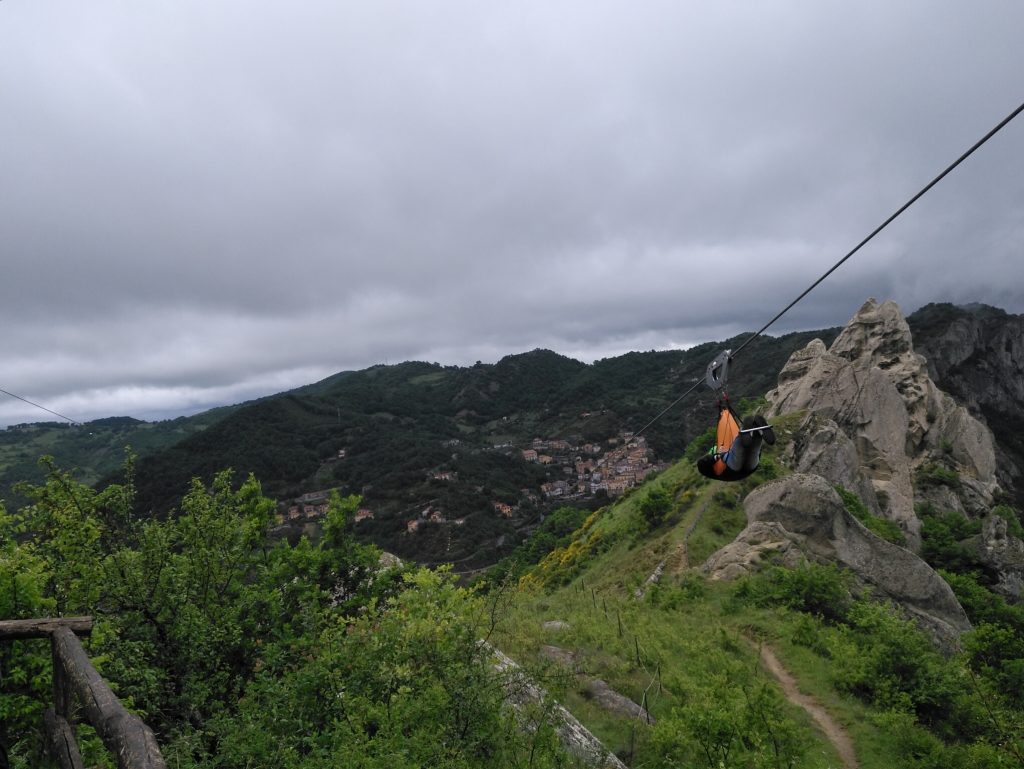
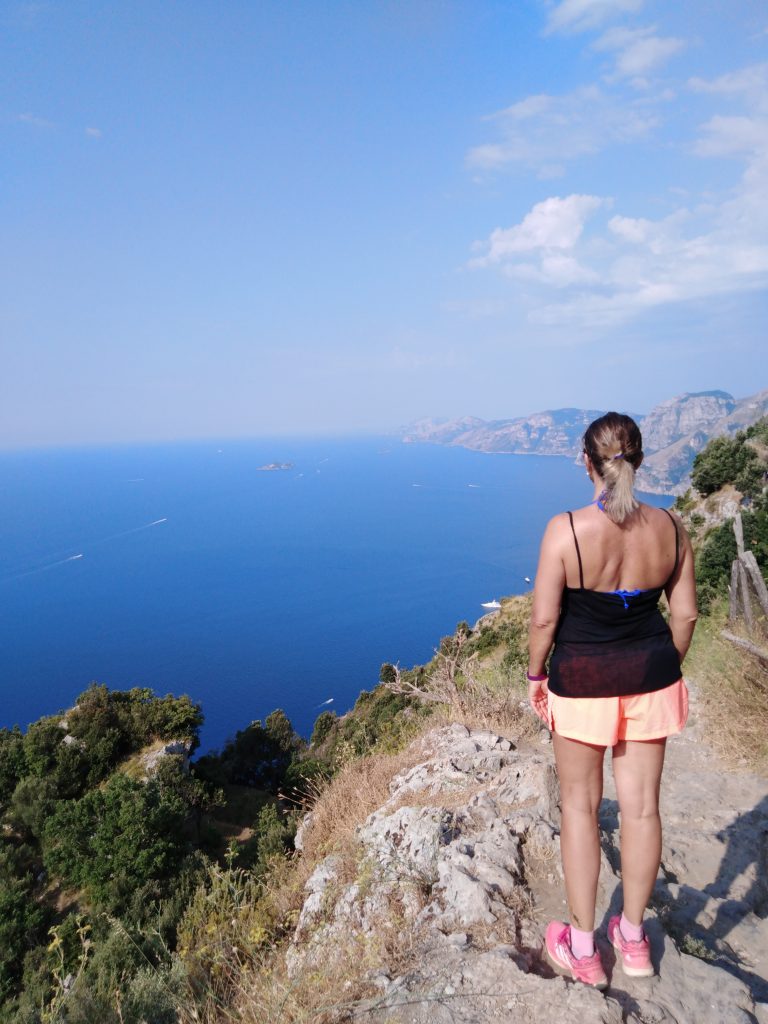
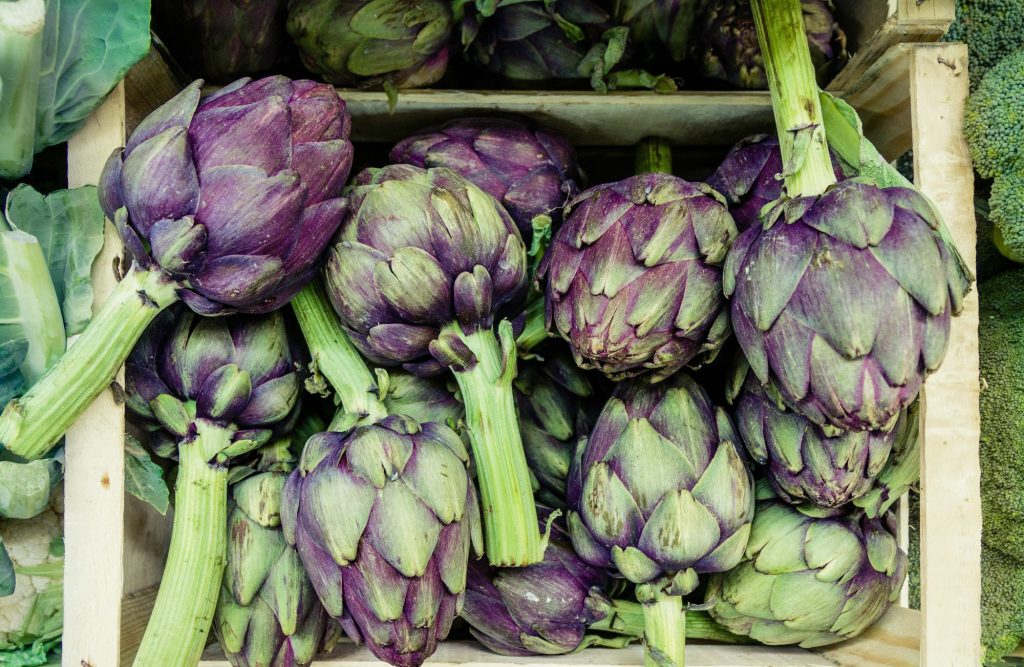
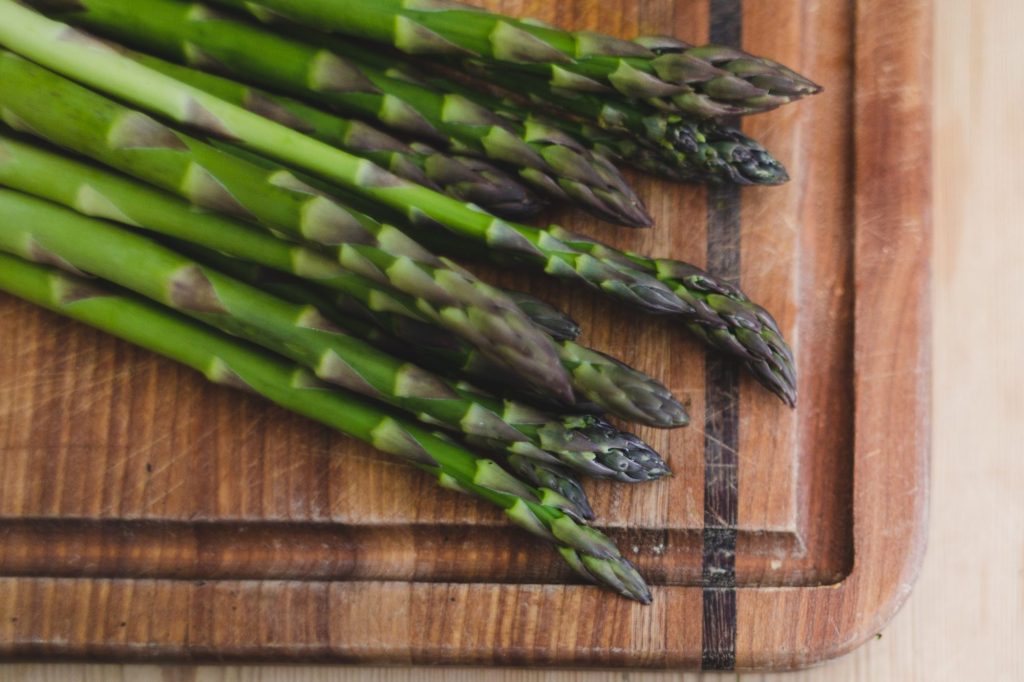
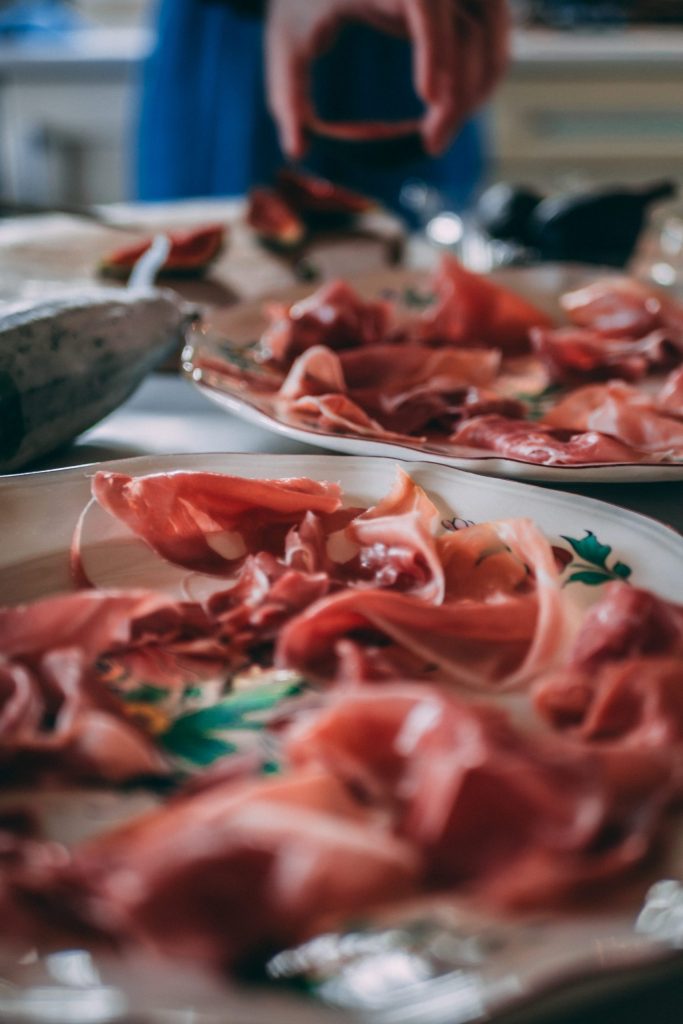
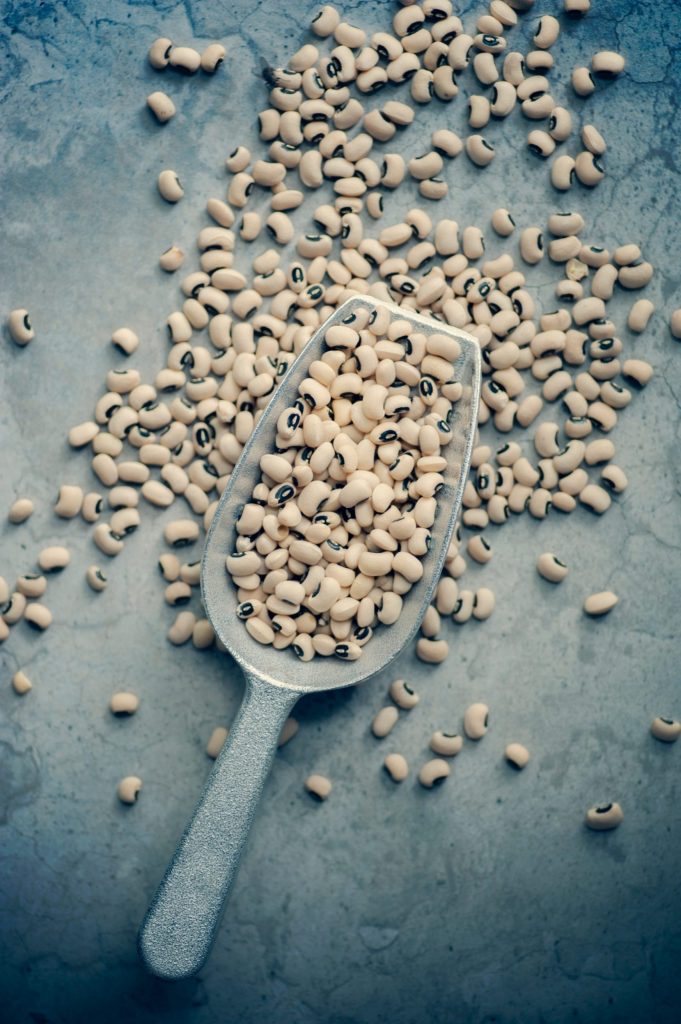
Pontecagnano Faiano is a small town near Salerno and is packed with history: from the Copper Age to the modern day. Situated on the coastal strip that leads tourists from Positano to Paestum through Pompeii, Pontecagnano is the fourth P of a renowned tourist area in the Campania region. Thousands of visitors pass through centuries of history and culture every year while visiting the towns along this wonderful coast.
In pre-history, the site was inhabited by the Gaudo populations typical of the Campania Region in the Copper Age. The classic traits of the Villanova Civilization—typical of Etruria at that time—emerged between the 9th and 8th centuries BC, and continued into the subsequent Etruscan period. In the fourth century BC, the centre came into direct contact with some of the neighbouring populations (Sanniti, Greci, Lucani).
The city later came into contact with the Roman civilization; the town of Sant’Antonio in Picenzia, now an integral part of Pontecagnano Faiano, retains in its name the memory of ancient PICENTIA, the largest city of the Picentine people, which was destroyed for rebelling against Rome during the war against Hannibal. In the Middle Ages, the municipal territory was sparsely populated due to its flat and marshy conformation and was part of the fiefdom of Montecorvino Pugliano which was very rich at the time, both in terms of demographic growth and improved living conditions due to the reclamation initiated by the Bourbons.
